What is Iliotibial Band Syndrome?
Iliotibial Band Syndrome (ITB syndrome) is pain and symptoms related to compression, irritation, and possibly inflammation of the iliotibial band. The ITB is basically the tendon of the tensor fascia lata and gluteus maximus muscles on the lateral aspect of your pelvis. Or, perhaps better stated, the ITB is the connective tissue that runs the length of your thigh on the lateral side. The TFL and its close neighbours, the ‘glutes’, serve to stabilize the pelvis and knee, especially when you’re on one foot at a time (i.e. walking, running).
If you picture the exaggerated runway model walk whereby each side of the pelvis drops with each successive step, you can now understand that strong glutes and TFL muscles are essentially trying to prevent this style of walking. Perhaps it’s attractive as a runway walk, but it’s not very functional and will likely lead to poor stabilization of the pelvis and/or pain and injury to the hip and/or knee.
Injury to the lateral hip muscles, whether by physical trauma or weakening and degeneration over time, will likely lead to tension and pain locally at the lateral aspect of the pelvis and hip. And then with enough tension down the ITB, compression of this tendon can cause pain down the lateral aspect of the thigh and lead to pain in its attachment on the outside/lateral part of the knee.
So, ITB syndrome can manifest as pain around the hip, length of the thigh, and even just as lateral knee pain.
How to resolve the problem?
First and foremost, a proper diagnosis is essential.
Like many physical pains and injuries, there are various approaches to remedy the problem, especially when you factor in the uniqueness of every person. Generally speaking, there is a debate (when isn’t there?!) about whether or not the best approach to the treatment of ITB syndrome is to massage, stretch, and foam roll the ITB or whether to strengthen the lateral hip musculature. And, as always, there are many physical therapies, such as acupuncture, laser therapy, and ultrasound to accelerate the healing and reduce the pain.
In my chiropractic practice, I take a comprehensive approach to treating this painful injury: Because I possess a state-of-the-art Laser Therapy device, I incorporate laser therapy at the lateral hip muscles and down the entire length of the ITB to the lateral aspect of the knee. Cold laser therapy accelerates healing and reduces pain and inflammation. I will also use various soft tissue therapies directed at not just the ITB and lateral hip muscles themselves, but also to address related muscle tension in and around the hip and pelvis, such as the quadriceps, hamstring, piriformis, gluteus maximus, iliopsoas, and more. Assessing for and addressing any joint stiffness is also essential to get the body functioning at its best – this means looking at the role of the spinal joints, pelvis, hip, and knee at the very least. Then comes the homework: Strength training the pelvic musculature, including specific exercises for the TFL and glutes are, in my opinion, essential.
Pro Tip
Not all knee pains are due to knee problems. Many knee pains are due to problems above or below the knee (i.e. the hip or the ankle). In an ongoing dialogue with my patients, I educate and demonstrate exercises and attempt to inspire more robust exercise routines as the most important form of self-care in our lives. Without regular strength training throughout a lifetime, muscles will become weak, degenerate, and lead to various pains and problems. Dedicating time and space in your life to maintain robust muscle strength and mobility of all your joints is the smartest approach to a healthy body. With that said, injuries are bound to happen.
In a follow-up blog, I will present a recent case study of a 70-year-old patient with a very painful case of ITB Syndrome. Spoiler Alert: He’s going to recover!
